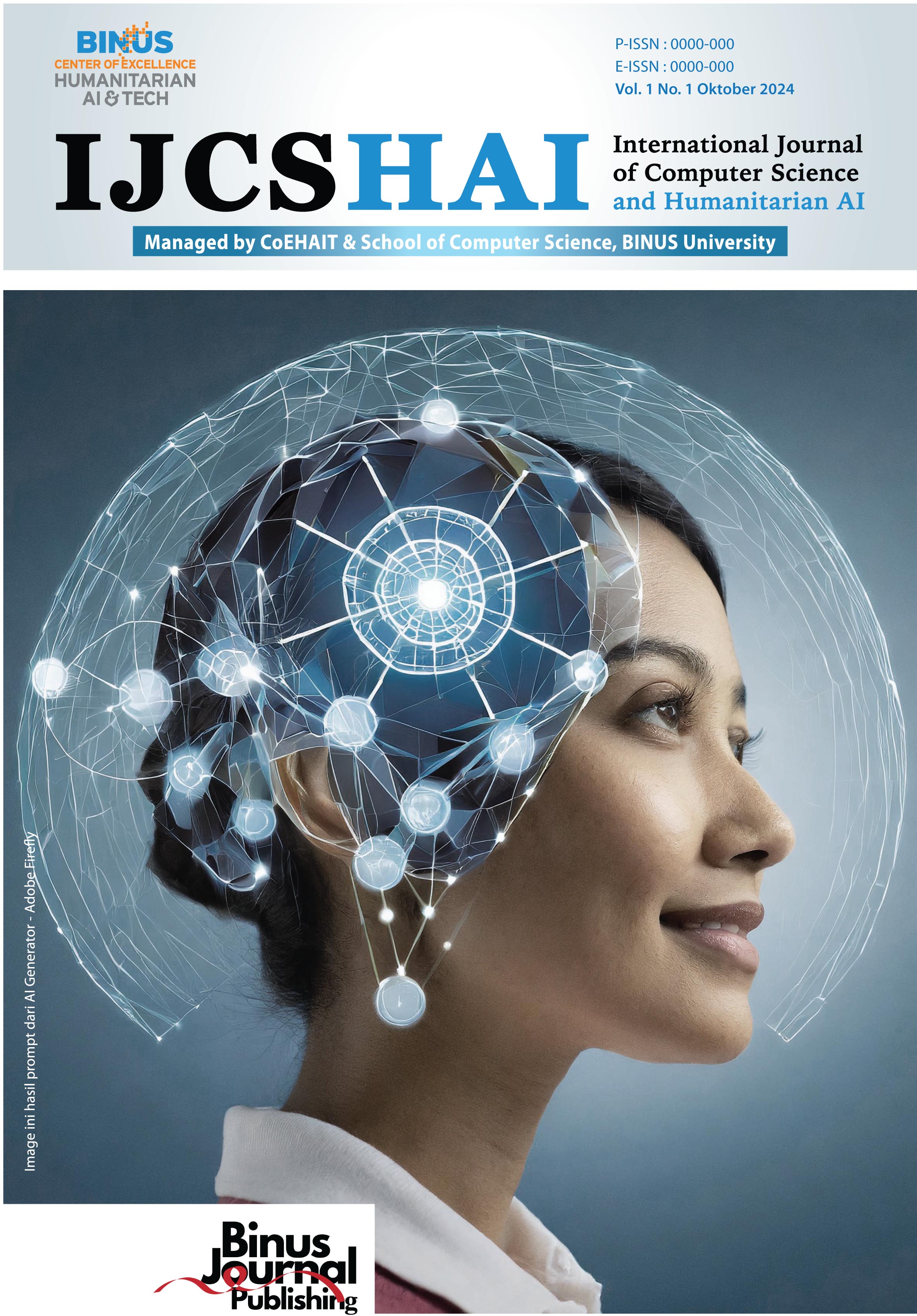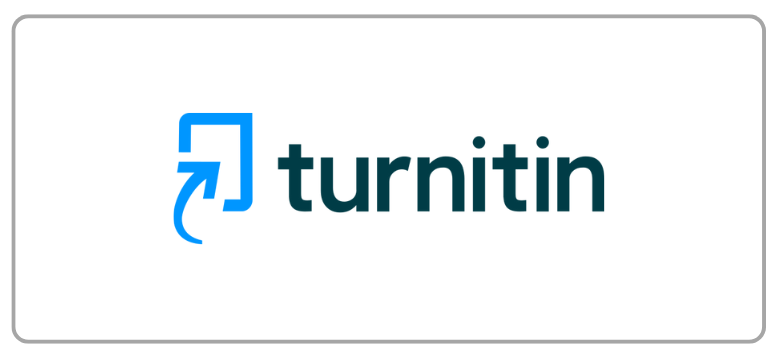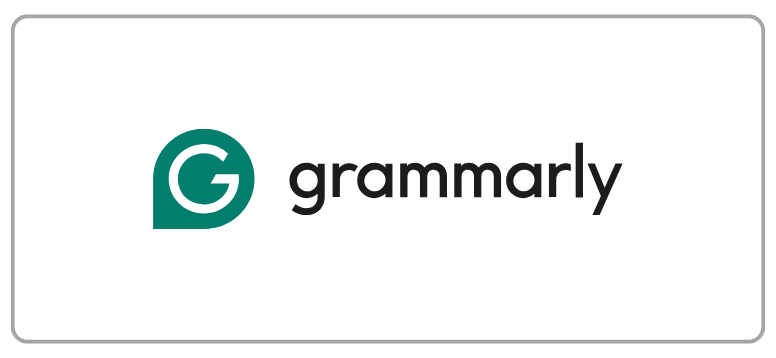Assessing University Website Performance: A Comparative Analysis Using GTmetrix
DOI:
https://doi.org/10.21512/ijcshai.v1i1.12152Keywords:
Website Performance, Comparative Analysis, GTmetrix EvaluationAbstract
As the reliance on websites to disseminate information increases, universities are no exception, using websites as an important platform for their information systems. However, ensuring optimal website performance is imperative, as slow or unresponsive websites can lead to decreased user satisfaction and affect the university's reputation. This study aims to analyze and compare the performance of university information system websites from Indonesia’s top five universities against the world’s leading institutions in Computer Science and Information Systems based on QS World University Rankings by Subject 2023. Utilizing GTmetrix, a comprehensive performance assessment tool, key performance metrics such as First Contentful Paint (FCP), Speed Index (SI), Largest Contentful Paint (LCP), Time to Interactive (TTI), Total Blocking Time (TBT), and Cumulative Layout Shift (CLS) were evaluated. The findings reveal a significant performance gap between the top universities globally and in Indonesia. While global universities demonstrate good performance across various metrics, Indonesian universities exhibit areas in need of improvement, particularly in metrics like FCP, SI, LCP, TTI, and CLS. Nevertheless, Indonesian universities excel in blocking time, suggesting strategic strengths that can be leveraged for overall performance enhancement. This study underscores the importance of regular attention to website performance to enhance user experience and maintain the university's reputation within the academic community.
References
[1] N. Huda and M. Megawaty, “Analysis of the Performance of the Communication and Information Office Website Using the Pieces Method (Analisis Kinerja Website Dinas Komunikasi dan Informatika Menggunakan Metode Pieces),” Jurnal Sisfokom (Sistem Informasi dan Komputer), vol. 10, no. 2, pp. 155–161, Jul. 2021, doi: 10.32736/sisfokom.v10i2.1018.
[2] R. R. Taufik Bau and A. Muh Akbar Saputra, “Analyzing Constraints from EUCS Evaluation Results: Anticipating Potential Flaws in The Future Development of Information Systems (Analisis Kendala Dari Hasil Evaluasi EUCS: Upaya Mengantisipasi Potensi Kekurangan Pada Pengembangan Sistem Informasi di Masa Depan),” 2023.
[3] M. Miao, T. Jalees, S. I. Zaman, S. Khan, N. ul A. Hanif, and M. K. Javed, “The influence of e-customer satisfaction, e-trust and perceived value on consumer’s repurchase intention in B2C e-commerce segment,” Asia Pacific Journal of Marketing and Logistics, vol. 34, no. 10, pp. 2184–2206, Nov. 2022, doi: 10.1108/APJML-03-2021-0221.
[4] “QS World University Rankings by Subject 2023: Computer Science and Information Systems.”
[5] J. Abbas, J. Aman, M. Nurunnabi, and S. Bano, “The impact of social media on learning behavior for sustainable education: Evidence of students from selected universities in Pakistan,” Sustainability (Switzerland), vol. 11, no. 6, 2019, doi: 10.3390/su11061683.
[6] K. Palacios-Zamora, J. Cordova-Moran, D. Mendoza-Cabrera, and S. Pacheco-Mendoza, “International Journal on Informatics Visualization journal homepage: www.joiv.org/index.php/joiv INTERNATIONAL JOURNAL ON INFORMATICS VISUALIZATION Measurement on University Websites: A Perspective of Effectiveness,” 2023. [Online]. Available: www.joiv.org/index.php/joiv
[7] Suliman, “Analysis of Website Performance of Teuku Umar University and Samudera University Using Pingdom Tools and Gtmetrix Suliman (Analisis Performa Website Universitas Teuku Umar dan Universitas Samudera Menggunakan Pingdom Tools & Gtmetrix Suliman),” Jan. 2020. [Online]. Available: http://e-jurnal.stmikbinsa.ac.id/index.php/simkom24
[8] Julianto V, Suprianto A, Prastyaningsih Y, and Yuliyanti W, “"Training on the Creation and Management of School Websites as Information Media for School Operators in Batu Ampar Sub-District (Pelatihan Pembuatan dan Pengelolaan Website Sekolah Sebagai Media Informasi Untuk Operator Sekolah Se-Kecamatan Batu Ampar),” vol. 1, Jul. 2021.
[9] T. Tesfaye Haile, “Web' s Progression: Moving from Passive Content Consumption to Active Content Creation and Content Validation,” International Journal of Business and Management, vol. 18, no. 6, p. 135, Nov. 2023, doi: 10.5539/ijbm.v18n6p135.
[10] U. A. Abdurakhimovich, “The Vital Role of Web Programming in the Digital Age,” JURNALI, vol. 1, no. 6, 2023.
[11] A. Pateli, N. Mylonas, and A. Spyrou, “Organizational adoption of social media in the hospitality industry: An integrated approach based on DIT and TOE frameworks,” Sustainability (Switzerland), vol. 12, no. 17, Sep. 2020, doi: 10.3390/su12177132.
[12] B. Kang, J. Lee, S. H. Kim, and B. K. Jeong, “Destination website benchmarking: A comparative analysis of MICE destinations of Japan and five emerging destinations in East Asia,” Journal of Convention and Event Tourism, vol. 25, no. 1, pp. 10–32, 2024, doi: 10.1080/15470148.2023.2255732.
[13] Y. Kravchenko, O. Leshchenko, O. Trush, N. Dakhno, and P. Krasnopyorov, “Optimizing and Improvement a Web Application Using Open-Source Tools,” 2023.
[14] A. COCIORVA, “Website Performance Measurements and Related Analysis,” Informatica Economica, vol. 27, no. 4/2023, pp. 16–31, Dec. 2023, doi: 10.24818/issn14531305/27.4.2023.02.
[15] M. Kinnunen, “Evaluating and Improving Web Performance Using Free-to-Use Tools,” 2020.
[16] R. Nanda Bija, A. Posyalam Talaohu, and A. Munandar, “Analysis of the Quality of the Indonesia Stock Exchange Website Using the GTMetrix Method (Analisis Kualitas Website Bursa Efek Indonesia Dengan Menggunakan Metode GTMetrix),” 2024. [Online]. Available: http://gtmetrix.com/
[17] A. Mutia Dawis and I. Setiawan, “Evaluation of the Website ’Aisyiyah Surakarta of University Performance Based on Search Engine Optimization Using Automated Software Testing GTMetrix,” Surakarta, 2022. [Online]. Available: https://ijcis.net/index.php/ijcis/index
[18] B. Williamson, “Policy networks, performance metrics and platform markets: Charting the expanding data infrastructure of higher education,” British Journal of Educational Technology, vol. 50, no. 6, pp. 2794–2809, Nov. 2019, doi: 10.1111/bjet.12849.
[19] H. Mohajan, “Munich Personal RePEc Archive Quantitative Research: A Successful Investigation in Natural and Social Sciences,” 2020.
[20] I. Armaini, M. H. Dar, and B. Bangun, “Evaluation of Labuhanbatu Regency Government Website based on Performance Variables,” Sinkron, vol. 7, no. 2, pp. 760–766, May 2022, doi: 10.33395/sinkron.v7i2.11404.
Downloads
Published
How to Cite
Issue
Section
License
Copyright (c) 2024 Davin Nayaka Pandya; Doddy Suryadharma; Lili Ayu Wulandhari; Islam Nur Alam

This work is licensed under a Creative Commons Attribution-ShareAlike 4.0 International License.
Authors who publish with this journal agree to the following terms:
- Authors retain copyright and grant the journal right of first publication with the work simultaneously licensed under a Creative Commons Attribution License - Share Alike that allows others to share the work with an acknowledgment of the work's authorship and initial publication in this journal.
- Authors are able to enter into separate, additional contractual arrangements for the non-exclusive distribution of the journal's published version of the work (e.g., post it to an institutional repository or publish it in a book), with an acknowledgment of its initial publication in this journal.
- Authors are permitted and encouraged to post their work online (e.g., in institutional repositories or on their website) prior to and during the submission process, as it can lead to productive exchanges, as well as earlier and greater citation of published work.
USER RIGHTS
All articles published Open Access will be immediately and permanently free for everyone to read and download. We are continuously working with our author communities to select the best choice of license options, currently being defined for this journal as follows: Creative Commons Attribution-Share Alike (CC BY-SA)





